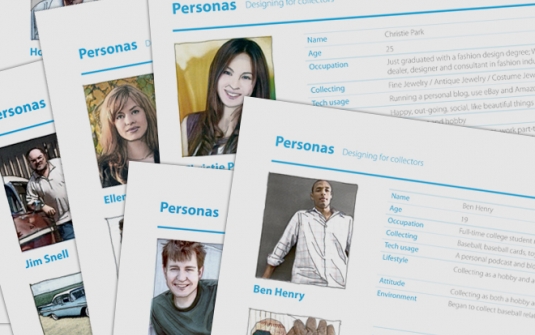
Design Thinking – Personas
September 16, 2016
Adxstudio7 vs MSCRM Portal8
March 20, 2017Empathy Maps in Design Thinking are quickly created collaborative artifacts that increase our understanding of users.
It’s the first principle of Design Thinking that we must focus on our users: Our North Star.
The second principle of Design Thinking compels us to work in multidisciplinary teams. Empathy Maps tie these principles together, taking advantage of our multidisciplinary teams to improve our understanding of the user. At any given moment, you may find yourself working with a group of people that have, through research or personal experience, various perspectives of the user.
Empathy Maps allow us to quickly combine everyone’s knowledge, and expand on it, and form new insights. Often, these insights are reflected upon and added to a Persona or instantly carried forward into another design activity, like an as-is Scenario Map.
In that sense, empathy maps are a great way to ground a team in the user before beginning other activities.Keep in mind that as with all Design Thinking activities, co-location isn’t absolutely necessary. Empathy maps can be done very effectively using a collaborative technology.
An Empathy map is divided into four different sections. Those sections are Says, Thinks, Does and Feels. So what we’ll want to do is, as it relates to that user experience, think about these four different dimensions as they happen in the user’s head. I shall be updating with an example here very soon.





